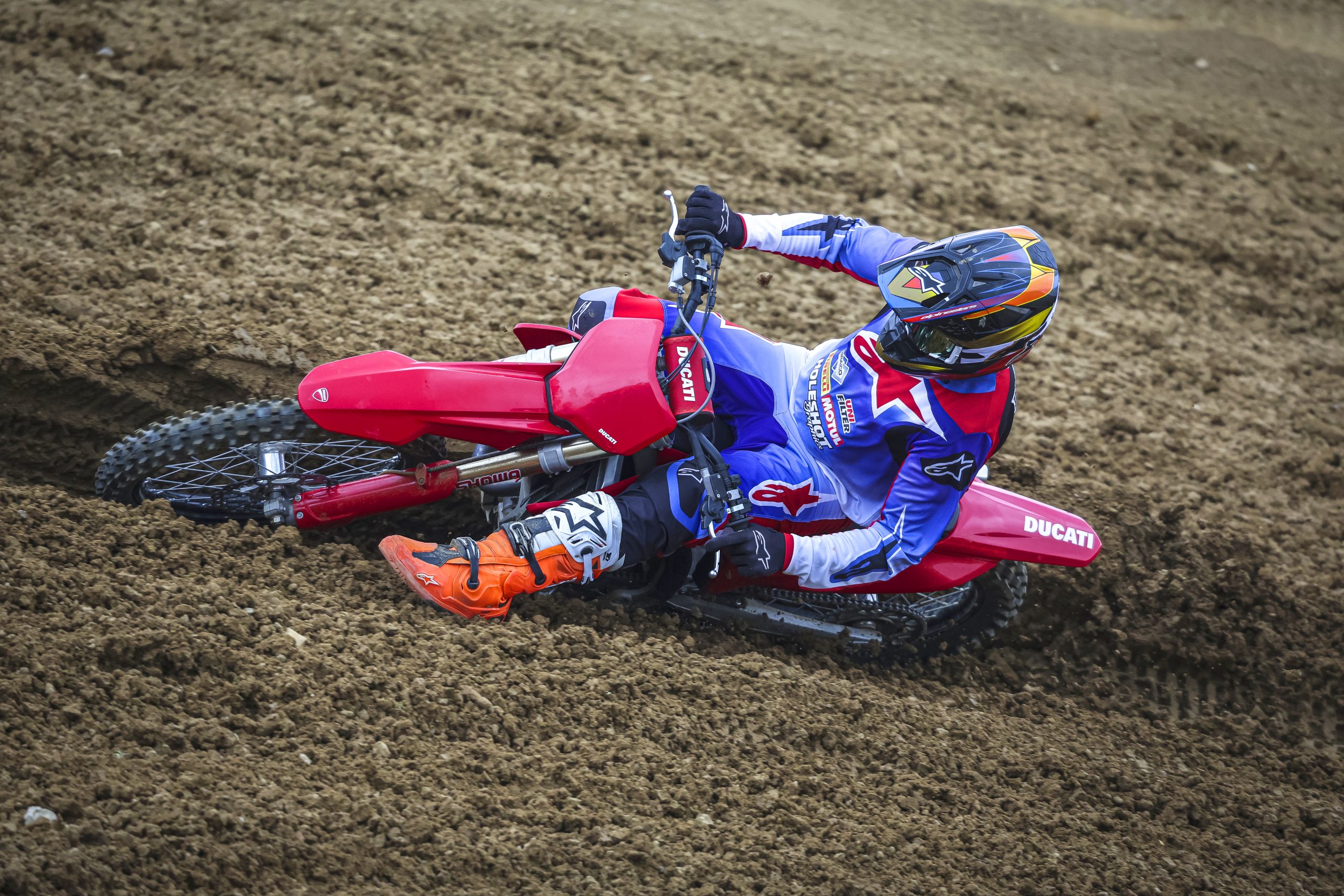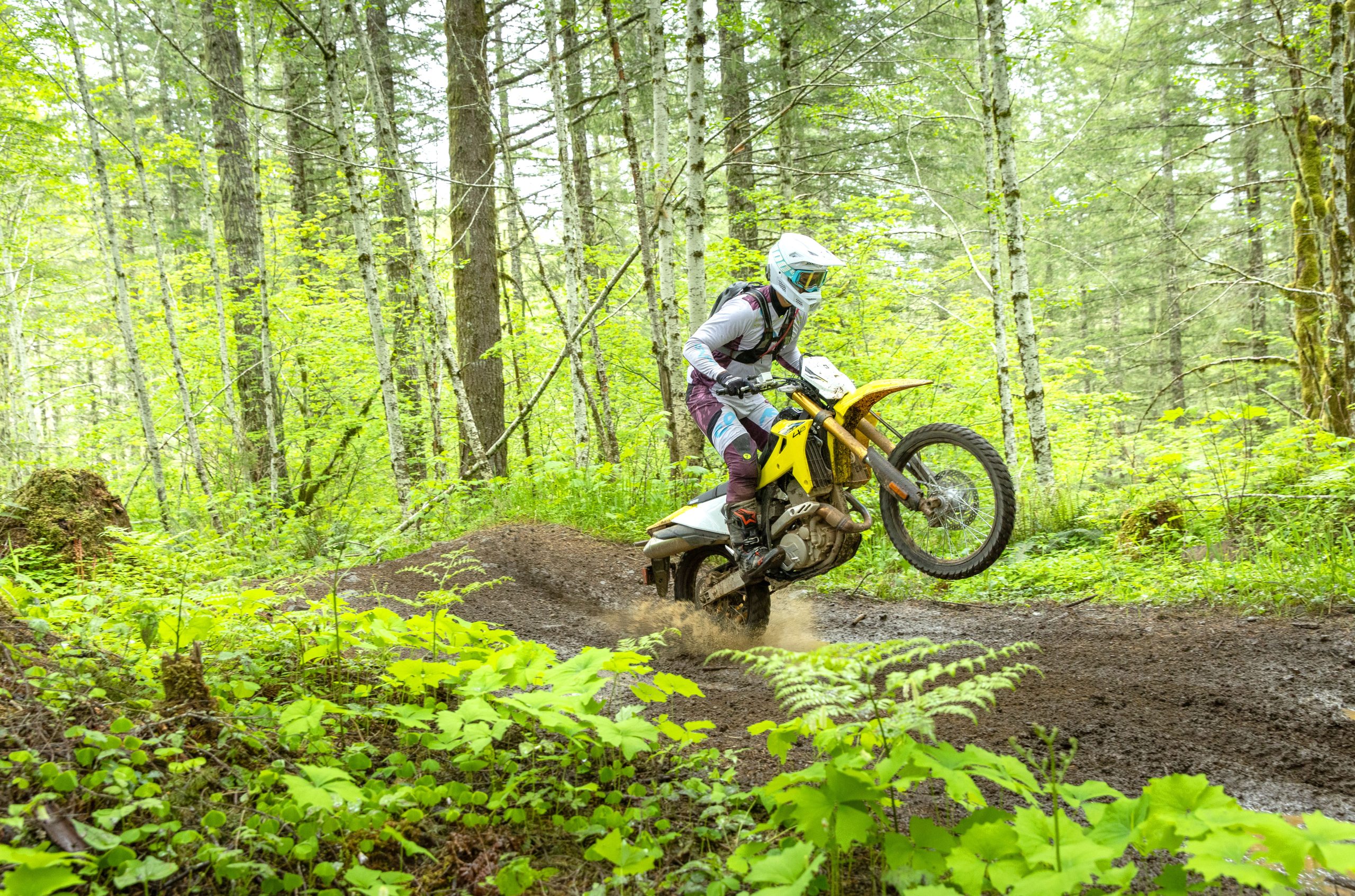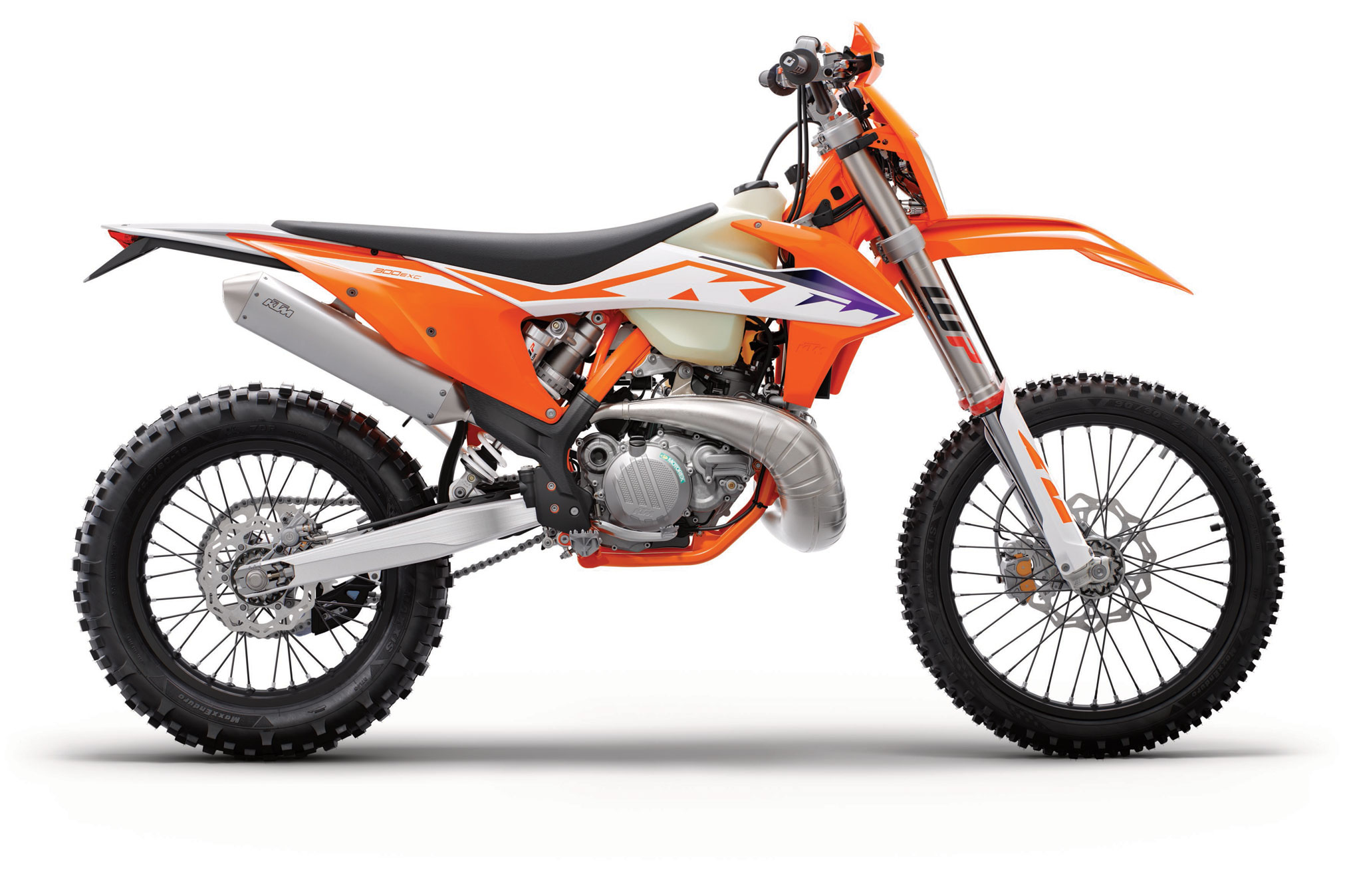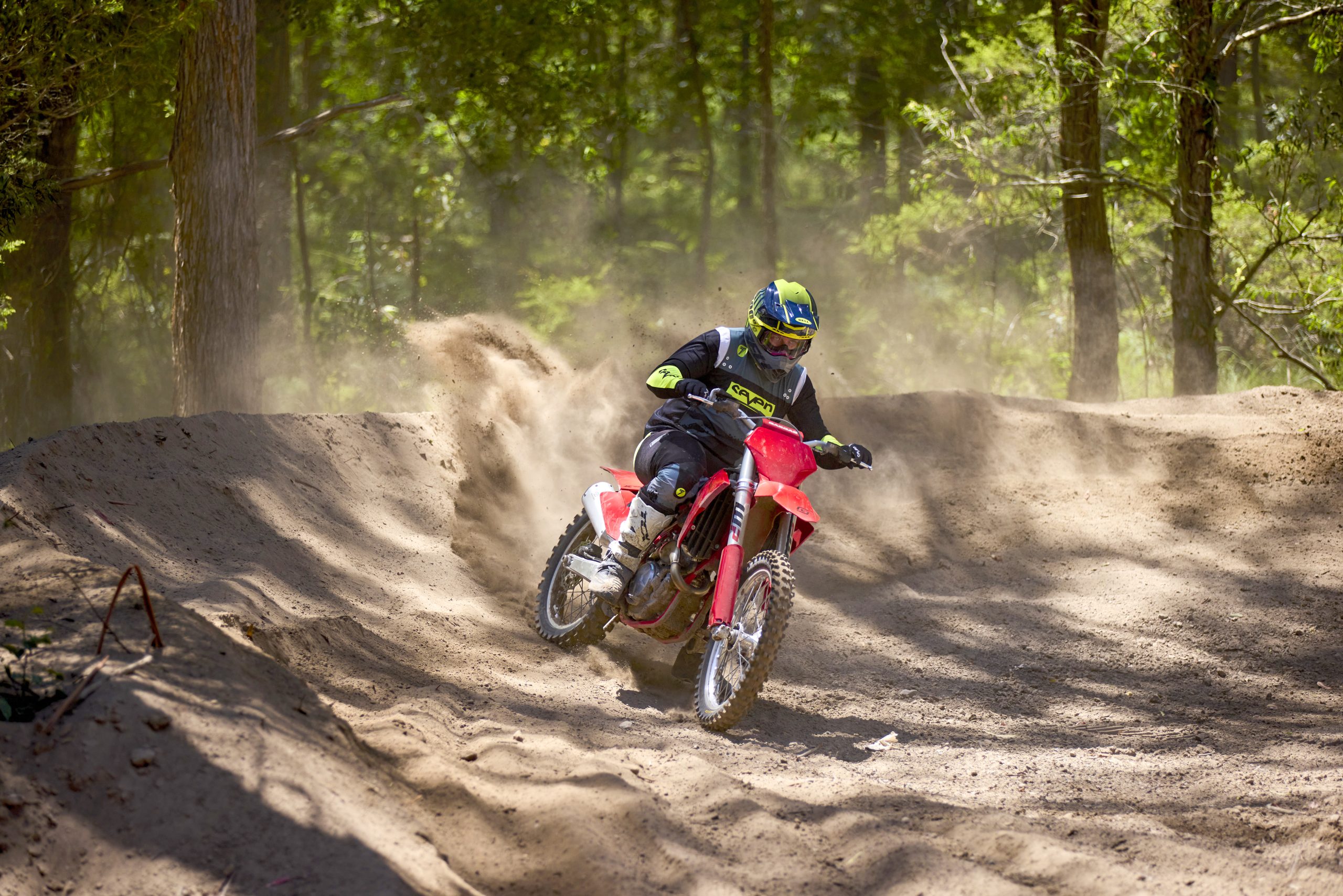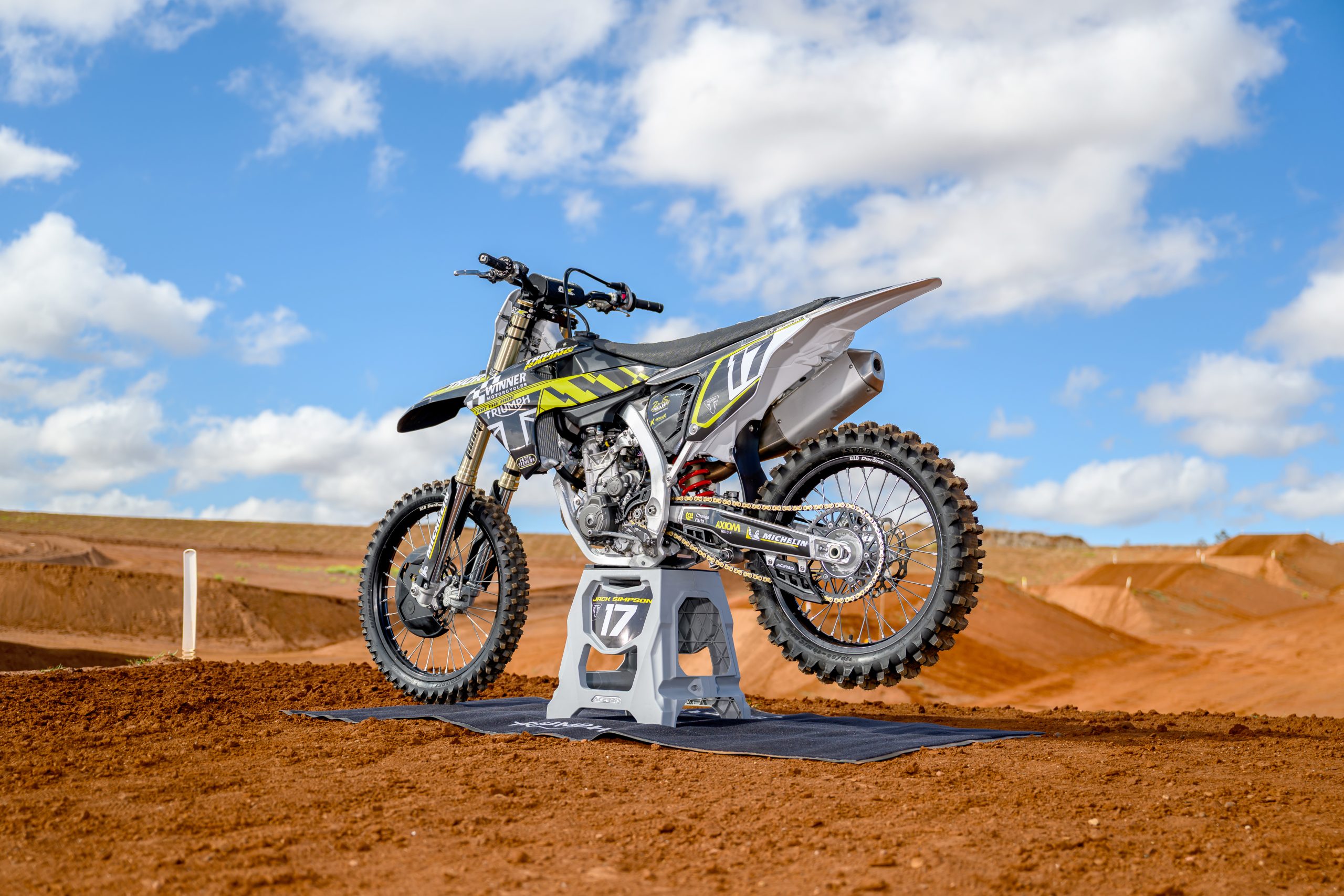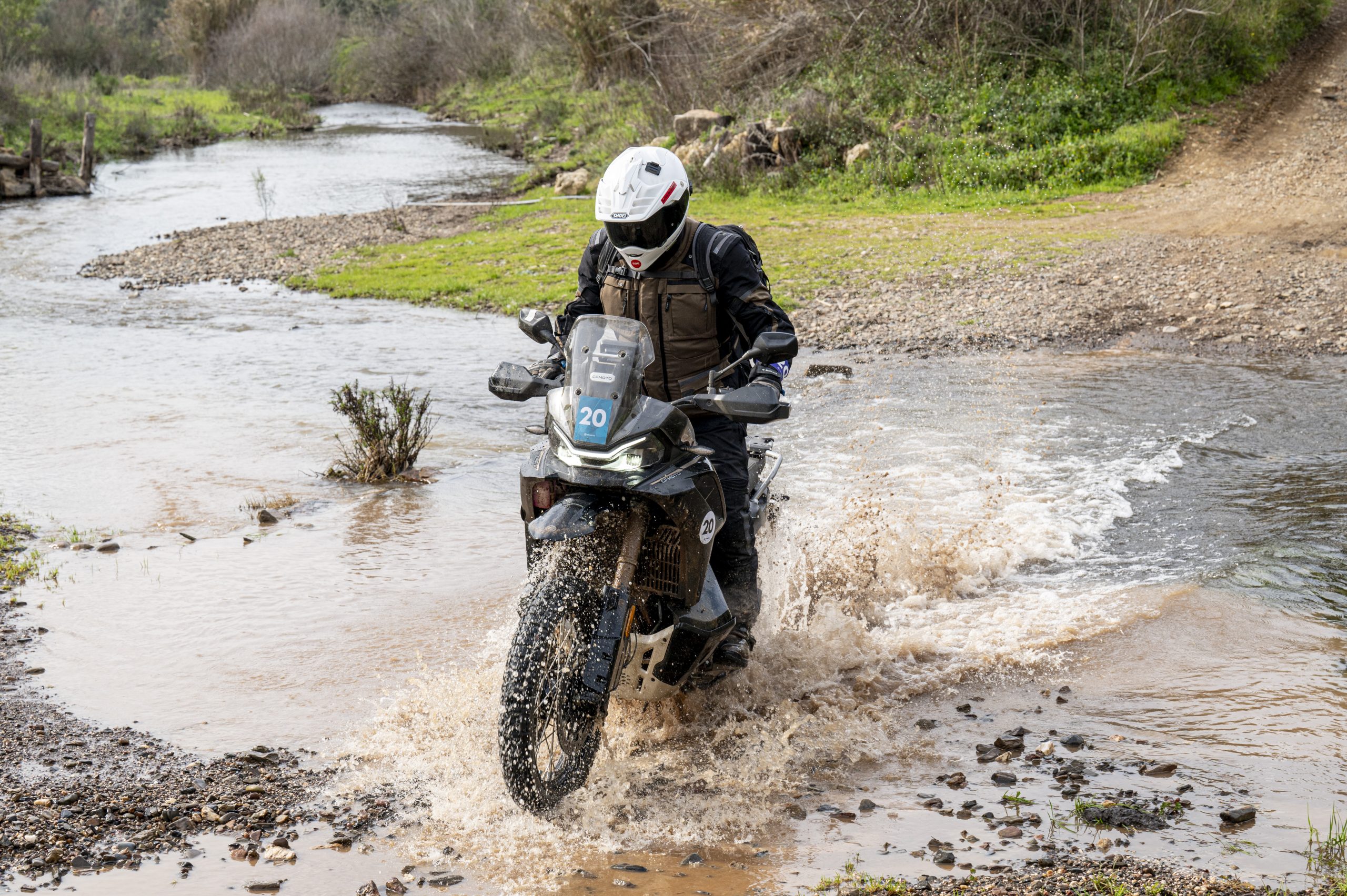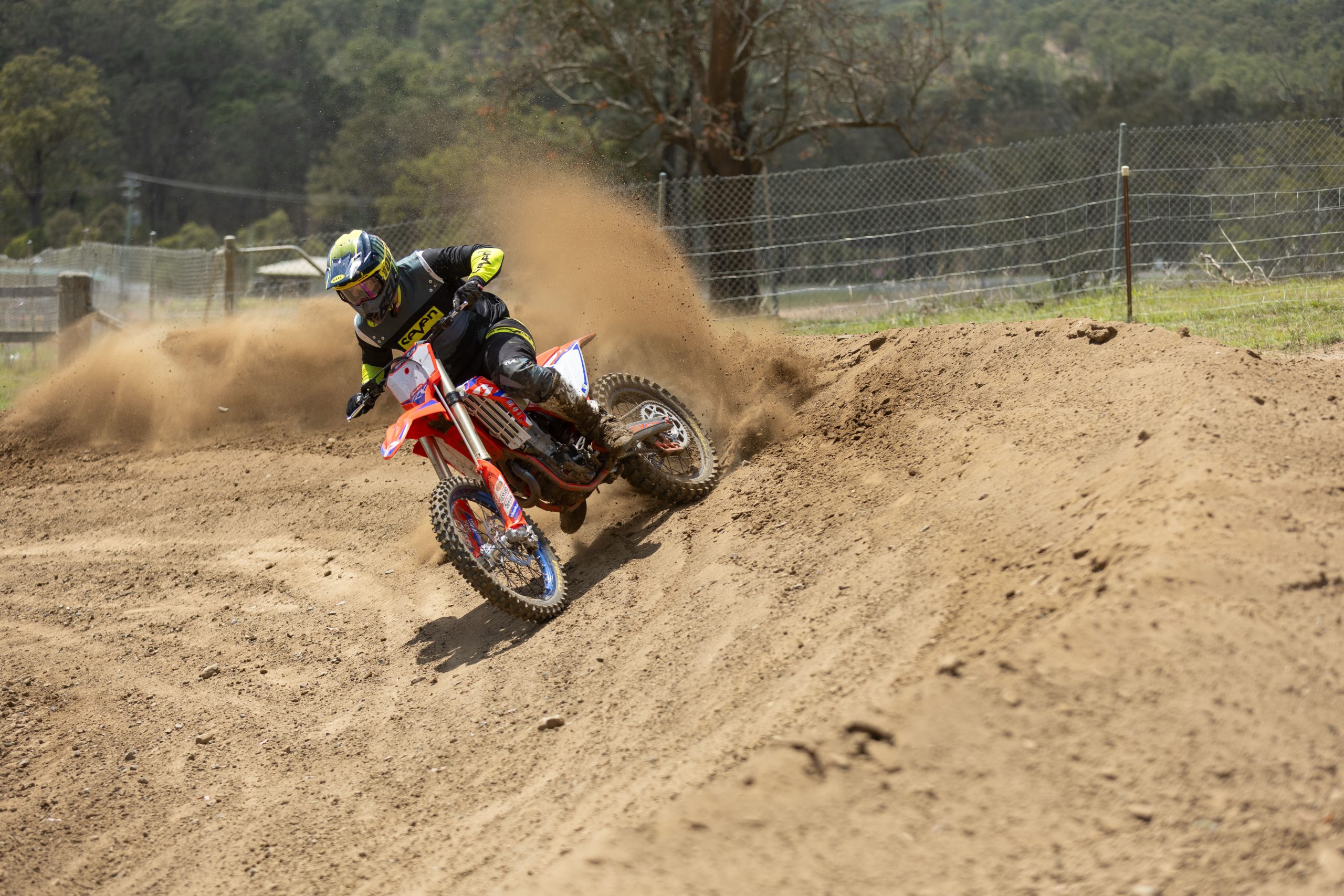There are many reasons for taking on a restoration project, it could be nostalgia for a bike you once raced, the chance to finally own the bike you always wanted in your youth but never owned, or simply the challenge of restoring someone else’s junk into treasure. Depending on the bike itself such a project can be fairly straightforward or time consuming but either way it requires patience, ingenuity, and mechanical sympathy, just like this Kawasaki KX500 build.
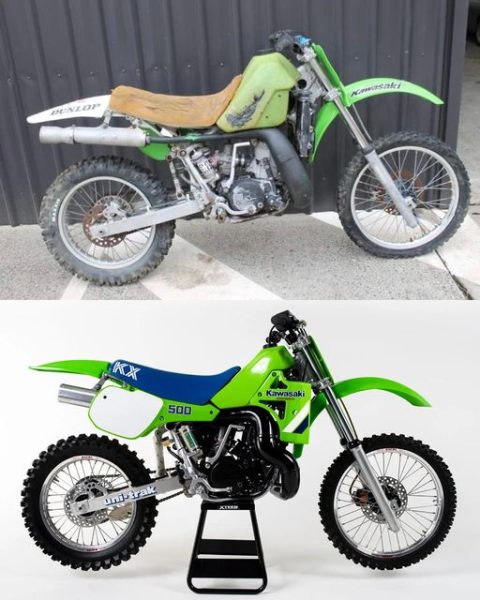
When it’s all said and done though, you have learnt new skills and the finished article is always a source of pride and satisfaction to you. You can then either ride it or simply display it at bike shows or in your man cave. Building a purely garage queen simply for display is fairly easy as it’s all just cosmetic work like painting, polishing or replacing plastics and decals. If you intend to ride the finished product, or at least have it running occasionally, then it’s a much larger job involving a lot more work, time, and sourcing of increasingly hard to find parts.
In this instance the Kawasaki KX500 build was a real basket case when Kane found it purely by chance, but he recognised that it could be a real challenge for his restoration skills. With a lot of key parts missing it would also present a test of his internet search and detecting skills and the fact that it wouldn’t start no matter what he tried meant it was a case of biting off more than he could chew, then chewing like buggery. Kane actually bought it sight unseen from Hoxton Park in NSW, only having photos on Facebook Marketplace from which to judge but he has a fondness for 80’s era machinery, plus who doesn’t want a big bore two-stroke in their shed? We know all of us here at ADB HQ certainly would.

As Kane owns and runs Garage 11, a fulltime motocross restoration business in Pakenham, Victoria then it’s safe to assume it was a decision based on sound judgement rather than pure emotion. What would be huge problems to many backyard shed restorers are probably just minor inconveniences to someone who does it as a job. At the time of writing Kane’s shop had a range of bikes including a 1968 Maico, a 1983 Maico, a 1992 RM250, a heap of mid-90’s CR’s and a lot of engine work all on the workbench. You could well say he has the runs on the board when it comes to experience. You can bet he has a really well set up workshop with all the necessary machine tools as well.
Kane told us he grew up around motocross, and spent a couple of years working for Australia GT3, as well as spending time as a mechanic in V8 Supercars. If that wasn’t enough he spent a few years restoring cars and hot rods before getting into rescuing old dirt bikes and returning them to their former glory. He says he has never struck a problem that made him give up but the plastics and exhaust on the 1980’s bikes are always a challenge. When that happens there is always something else to do to keep the build moving forward until the elusive parts can be located.
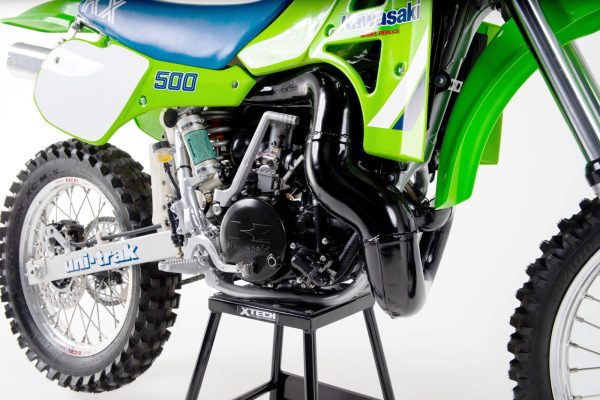
On this particular Kawasaki KX500 build there wasn’t really one thing that stood out from the restoration that was a nightmare. He said the tank was probably the most challenging and he and his team probably learnt the most about tank restoration from it. The bike still had the original plastic tank with no hint of any shine left on it, and it was almost white with age and sun exposure. Kane spent a solid 16 hours rubbing and sanding with no noticeable result so decided it was time to call in the experts. He has a mate who is in the car restoration game who spent a further eight hours on the tank and using some trade secret magic was able to return it to its former state.
Nearly all the work was done by Garage 11, everything but the tank as already mentioned, the pipe, which was restored by Paul at Prime Pipe Worx and Marshall Smith helped with the graphics. He owns and runs Vizion Concepts and is a big part of Garage 11, and he and Kane have built a lot of bikes together. The bike had been fitted with an aftermarket Pro Circuit pipe which had been patched to cover a hole about the size of a credit card so a correct pipe was eventually sourced second hand from the USA that was showing its age but had low hours on it. It was a real mission to find replacement parts as the 1986 KX500 is a stand-alone model sharing very few parts with previous or later models.
The Kawasaki KX500 build had obviously seen more than its fair share of hard use in its life as the bore was on second oversize. An original size OEM cast iron sleeve was found and installed bringing the bore back to spec and naturally a new piston was then dropped on wearing nice new rings. Having a fabrication background means Kane looks at jobs with a plan before getting into them. Almost everything on this bike was restored, accept for the perishables. The bike needed to be stripped right down to its individual parts and the work started with the frame which needed a new coat of paint.
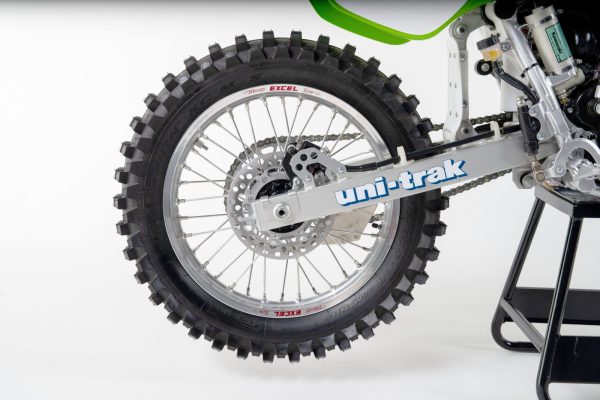
The fork legs were hydro-blasted and needed re-chroming, the triple clamps needed plenty of attention to make them presentable and the engine needed a complete rebuild. Radiator shrouds and side panels were sourced in Europe when some NOS ones were found and that was a massive key part of the visual side of this restoration. A used airbox was found and restored and the air filter cage was 3D printed by a contact in the USA. New old stock brake lines were found to help with the OEM looks and brake parts were stripped, restored and Cerakoted back to original colours.
Restoration of the shock and swingarm was time consuming but well worth the effort, as you wouldn’t want to take any short cuts on a build like this. The translucent rear frame protector was still in reasonable shape so that was restored and put back in place. The hubs were restored and then laced to Excel rims with brand new spokes and many OEM small parts like clips and straps were hunted down to keep the project as stock standard as possible.
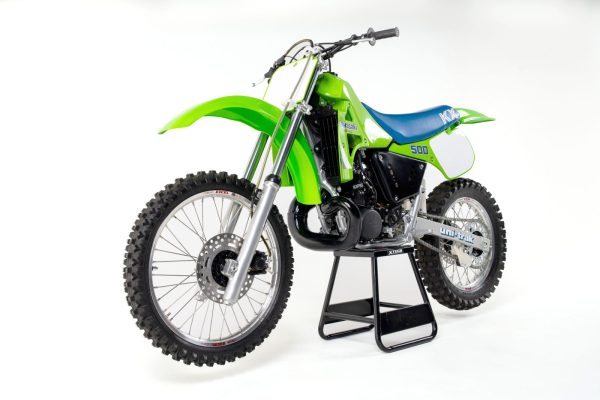
All up it took two years to complete as it was a personal project that had to be fitted in between customers’ bikes, as after all the bills still have to be paid. The final total cost was not kept track of, and it’s probably best not to know anyway. Anybody who has been involved with dirt bikes for any length of time will understand that. Kane plans on maybe doing another but it will be something from the late 1990s or early 2000s and will be race inspired.
His professional advice for anybody considering a similar type of resto project is to avoid the 80’s. A lot of development was taking place year after year in the 80’s meaning a lot of parts are hard to find and are not being reproduced like parts for 90’s model bikes are. If you do go through with such a project Kane says it’s worth all the sweat, time and frustration as the feeling of riding an old bike can be amazing, bringing back long forgotten memories that modern bikes can’t quite replicate. If you have an old school big bore two stroke sitting in your shed, you can win countless beers from your mates betting them they can’t kick start it first go, and who doesn’t like that idea?
WORDS WARREN JACK
PHOTOS KANE SEDONJA

